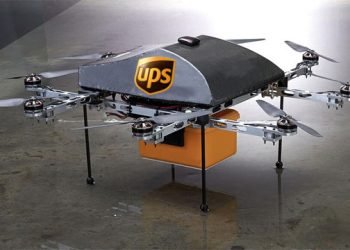The logistics sector is facing mounting challenges as December unfolds, with congestion and delays becoming critical issues at major ports and rail ramps across the globe. These bottlenecks are being exacerbated by seasonal demand, ongoing labor shortages, and infrastructure limitations.
Key Issues Impacting Logistics Operations
1. Port Congestion:
Ports are experiencing longer dwell times due to increased container volumes during the holiday season. This congestion is straining the capacity of terminals and slowing the flow of goods.
2. Rail Ramp Backlogs:
Rail facilities are struggling to handle surges in container traffic, leading to delays in intermodal transport. Limited space at rail yards and insufficient equipment availability are compounding the problem.
3. Labor Shortages:
Persistent workforce gaps in logistics, including at ports, rail terminals, and trucking companies, continue to challenge supply chain efficiency. The inability to fully staff operations is contributing to slower turnaround times.
4. Weather Disruptions:
Seasonal weather conditions, such as heavy snow and rain, are further complicating logistics activities, particularly in regions reliant on rail and trucking.
Strategies to Mitigate Delays
Logistics operators and companies are implementing several strategies to address these challenges:
- Increased Collaboration: Shippers, carriers, and logistics providers are working together to prioritize shipments and optimize routing.
- Diversifying Transport Modes: Companies are leveraging alternative modes of transport, such as air freight, to bypass congested areas.
- Technology Investments: Real-time tracking and predictive analytics are helping businesses monitor disruptions and adjust operations proactively.
- Enhanced Yard Management: Rail ramps and terminals are optimizing space utilization and deploying additional resources to handle container surges.
Looking Ahead
As peak season demand subsides, relief is expected in early 2025, but systemic issues like labor shortages and aging infrastructure will require long-term solutions. Investments in automation, workforce development, and capacity expansion will be critical to prevent similar disruptions in the future.
The December logistics landscape highlights the importance of adaptability and innovation in maintaining supply chain resilience amid ongoing challenges.























